Rules-Based. Proactive. Holistic.
Our Wealth Management Philosophy
A more scientific approach to coordinating and managing your financial life.
Our Process
The 9 Steps to Better Wealth
1. Obtain Full Replacement Protection
A properly designed asset protection plan provides the full replacement value of your entire financial life. This protection is essential for wealth conservation in the event of an unforeseen loss or tragedy.
2. Save at Least 15%
A successful wealth management strategy starts with your savings. It's critical to save at least 15% of your earned income.
Failing to do so leaves you vulnerable to wealth eroding factors such as market fluctuations, increased costs of living, and changes in the tax laws.
3. Build Liquidity
Once you put your savings plan into place you'll want to accumulate at least six months' worth of your income into liquid cash vehicles. This enables you to operate on a cash basis and minimize loan interest and principal payments.
This liquidity can be a powerful tool when presented with unforeseen events, opportunities, and rising interest rates.
4. Avoid Compounding Taxable Interest
Compounding Taxable Interest creates a compound tax that substantially erodes your wealth. Earned interest should be automatically transferred to a special account that collects, tracks, and repositions your money.
5. Contribute to Retirements Accounts
As you build your savings and liquidity pools, you should also consider optimizing your retirement contributions to your employer-based retirement plans in order to qualify for the maximum employer match.
6. BE a Lender
With your savings strategy in motion, you can begin focusing on the growth component of your wealth management plan.
By investing in a bond strategy, you lend money to the Federal Government, Corporations, and/or municipalities. These financial assets are income-oriented with some guarantees and lower risk.
7. BE an Owner
After developing your bond strategy, you are now ready to position money for income and growth-oriented assets. By purchasing equity-based assets, you become a shareholder and asset owner.
While these investments can carry more risk, they provide exposure to a wide variety of companies with greater potential profitability.
8. Own Hard Assets
After staking out positions in equity and bond strategies, it's time to consider investing in hard assets. While these assets carry the greatest risk, they also provide the greatest tax-advantaged opportunities for building wealth.
9. Maintain Balance and Monitor
As you grow your wealth, you'll need to periodically rebalance your financial plan to adjust for the changing circumstances in your life and the economic world around you.
Rebalancing will help you not only live an organized financial life but allow you to make each dollar invested work more efficiently while increasing protection from unforeseen risks. So you can provide yourself and your family greater retirement income, peace of mind, and a financial legacy to leave to your heirs or charity.
Keeping a proverbial hand on the wheel will simplify your financial decision-making and allow your family greater control of your financial destiny.










